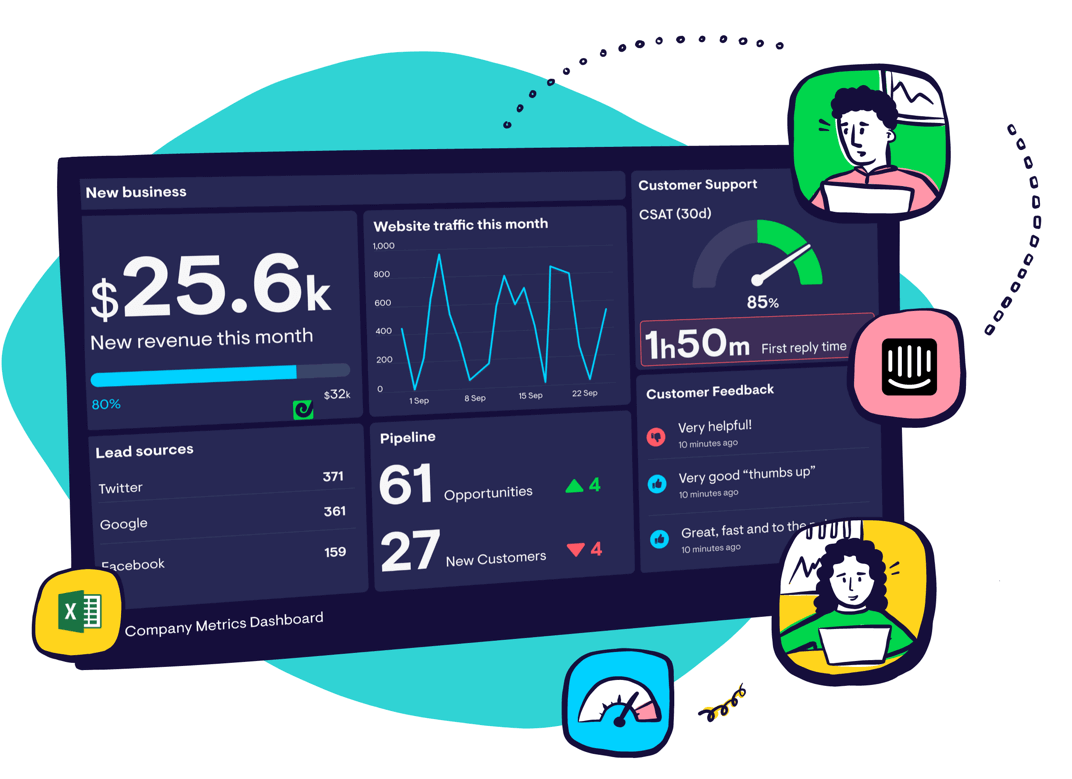Average Follow-up Attempts
What is Average Follow-up Attempts?
The sales metric Average Follow-up Attempts refers to the average number of activities your sales reps make to close a lead (whether or not the lead converts to a customer). You can drill down on this figure by calculating average follow-up attempts for only closed leads. This will provide a benchmark that’s specific to your company, product, and industry.
How to calculate Average Follow Up Attempts:
Total (#) of Follow-up Attempts / Total (#) of Leads = Average (#) Follow-up Attempts Per Lead
Pros:
In 2007 it took 3.68 cold call attempts to reach a prospect, according to research by TeleNet and Ovation Sales Group. Today it takes 8 attempts. However, the average sales rep only makes 2 attempts to reach a prospect, according to research by Sirius Decisions. Mindful of this, it’s imperative for sales leaders to monitor the average number of follow-up attempts made to reach a lead.
Between the years 2008 and 2012, sales reps made on average only 1.3 call attempts to a new lead before giving up, based on research conducted by InsideSales.com. Ken Krogue, president and co-founder of InsideSales.com, has blogged and spoken on this topic and the methods necessary to implement improved contact strategies (Krogue, 2012). He advocates making 8-12 calls in order to dramatically improve contact rates. Companies will likely increase the number of leads moving down their sales pipeline by being more persistent in contacting them.
Cons:
While follow-up is clearly important, it’s critical not to annoy the prospect. You need to ensure reps aren’t following up with the same prospect every hour. 48 hours between follow-ups tends to be best. The medium of follow-up is also important. Mixing up between phone, email, voicemail and social media will deliver the best results. Don’t get stuck using a single follow-up method.
Effective persistence requires the right tone of voice. Teach your reps to be empathetic to a prospect’s busy life. Establish zero tolerance for angry responses. Once a rep has completed a certain number of follow-ups through varied channels, discontinue communication with the prospect by sending an email. This final communication notifies the prospect that communication has stopped because it doesn’t seem like a good time and also opens the door for re-direction (i.e. is there anyone else in the business they should get in-touch with?).
Relevant Sales Metrics and KPIs:
If you’re adding Average Follow-up Attempts to your sales KPI dashboard, you might want to also consider tracking these related sales metrics for context.
- Average Sales Cycle Length
- Lead Response Time
- Activity Per Rep
Industry Benchmarks and Examples
When deciding your target benchmark, it’s important to consider the type of leads you’re dealing with and the sales cycle length. For example, outbound calling is likely to require more follow-up because the prospects are colder, while inbound leads are likely to be warmer so the benchmark will be lower.
The current actual sales average seems to be between 1.3 call attempts (InsideSales.com research) and 2 attempts (Sirius Decisions Research). When it comes to what you should be targeting, research from TeleNet and Ovation Sales Group suggests that it takes around 8 attempts to reach a prospect and InsideSales.com suggest 8-12 attempts.
Somewhere around 8 seems like a sensible average, however, a shorter sales cycle or warmer leads will need a lower target as the number of follow-up attempts needed are likely to be fewer and following-up 8 times may annoy and alienate the prospect.
Also, following-up on a prospect meeting is very different. According to the Marketing Donut 80% of sales require 5 follow-up calls after the meeting, however, 44% of salespeople give up after 1 call.
| Type of Follow-up Activity | Benchmark for Reaching a Prospect |
|---|---|
| Phone only | 8 call attempts |
| In-person meeting (with phone follow-up) | 5 call attempts |
Additional Notes:
Useful advice on being persistent in a nice way: Hubspot Blog Post on Average Lead Response Time
